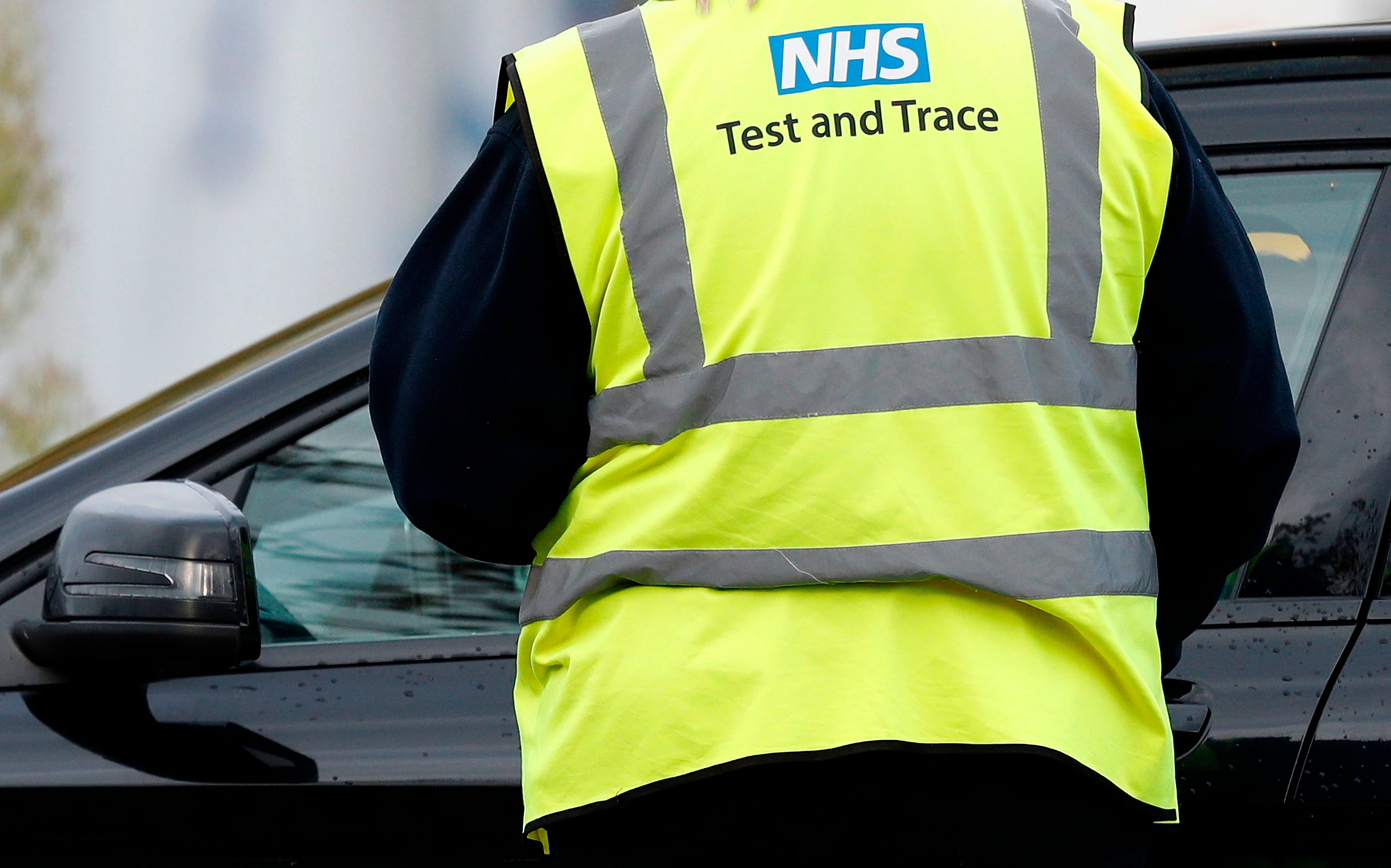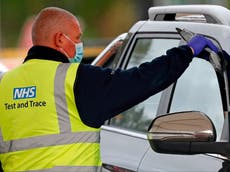Your support helps us to tell the story
From reproductive rights to climate change to Big Tech, The Independent is on the ground when the story is developing. Whether it's investigating the financials of Elon Musk's pro-Trump PAC or producing our latest documentary, 'The A Word', which shines a light on the American women fighting for reproductive rights, we know how important it is to parse out the facts from the messaging.
At such a critical moment in US history, we need reporters on the ground. Your donation allows us to keep sending journalists to speak to both sides of the story.
The Independent is trusted by Americans across the entire political spectrum. And unlike many other quality news outlets, we choose not to lock Americans out of our reporting and analysis with paywalls. We believe quality journalism should be available to everyone, paid for by those who can afford it.
Your support makes all the difference.The number of close contact of people who tested positive for Covid-19 in England who were reached through the NHS Test and Trace system in the week ending 11 November remains close to the all-time low.
Some 60.5 per cent of close contacts of those with positive infections were reached, out of 313,771 identified. This is unchanged on the previous week, and barely above the all-time low of 60.1 per cent for the week ending 14 October.
For cases managed by local health protection teams, 98.9 per cent of contacts were reached and asked to self-isolate. This drops to 58.9 per cent of contacts reached and told to self-isolate in cases managed online of by call centres.
The latest figures released by the Department of Health and Social Care also showed that cases of Covid-19 rose 11 per cent in England in the week, with the proportion of people testing positive staying steady.
167,369 people tested positive for coronavirus between 5 November and 11 November. Of the 156,853 people transferred to the Test and Trace system in the week, 84.9 per cent were reached and asked to provide details of recent close contacts.
This is a decrease from 85.6 per cent in the previous week, which was the highest weekly percentage since the Test and Trace system was launched.
Some 13.7 per cent of people transferred to Test and Trace in the week were not reached. 1.4 per cent did not provide any communication details, said DHSC.
Downing Street defended the “colossal” achievements of NHS Test and Trace, but conceded that there was room for improvement.
A spokesperson for No10 said: “We are testing more people per head of population than any other European country and that will grow thanks to our increased testing capacity.”
But “we accept there are still improvements to be made, and we will continue to work on it”, they added.
Baroness Dido Harding, interim executive chairwoman of the National Institute for Health Protection, said: “This week we have seen more tests processed and more positive cases contacted than ever before, which means we are finding the virus where it hides and reducing its spread.
“As the number of people using Test and Trace continues to increase, so the service is constantly evolving and improving.
“This week sees the introduction of changes to the contact tracing programme to reduce calls to the same family household, which should reduce duplicate calls, as well as the introduction of Sunday collections of tests from priority boxes by the Royal Mail, which should improve home test turnaround times.
“Meanwhile, our commitment to increasing capacity continues, with our announcement this week of two new ‘mega labs’ that will see testing capacity grow by 600,000 a day by next year, while generating local employment.”
Additional reporting by PA





Join our commenting forum
Join thought-provoking conversations, follow other Independent readers and see their replies
Comments